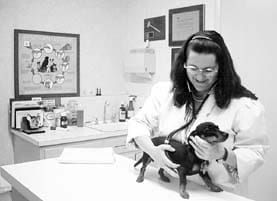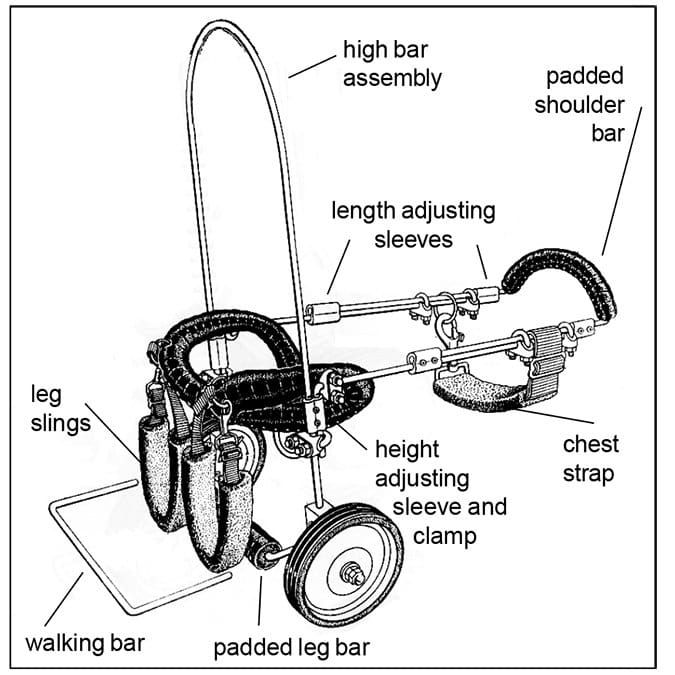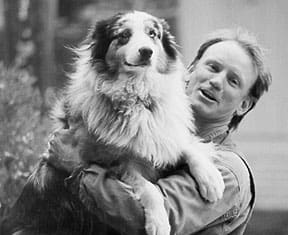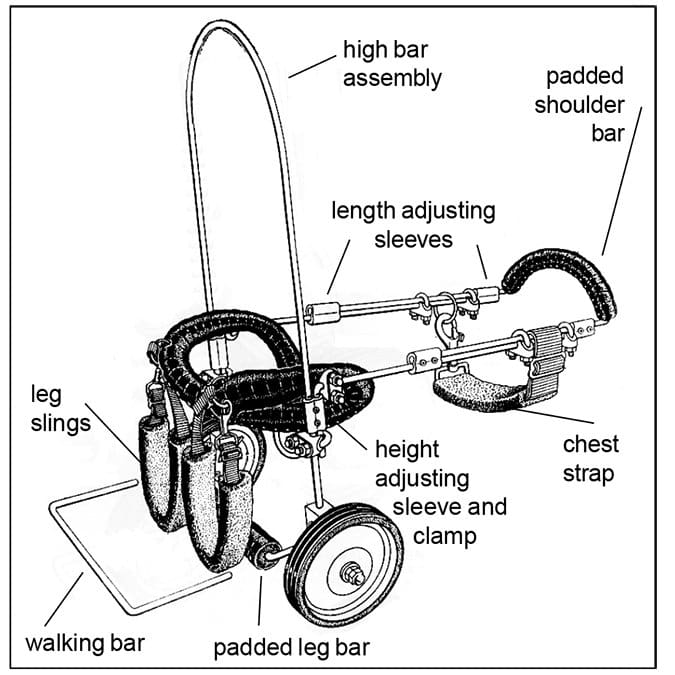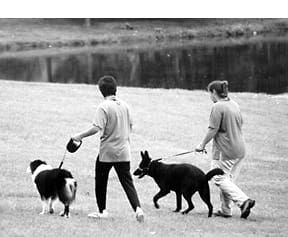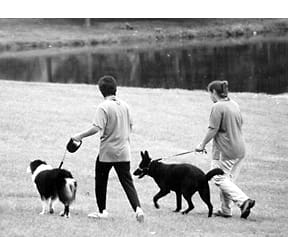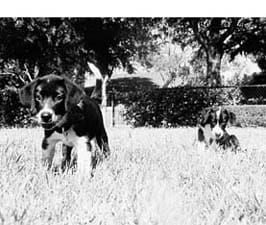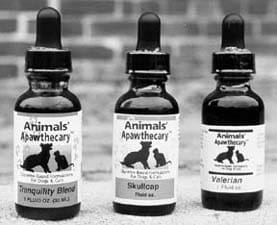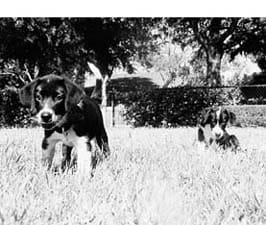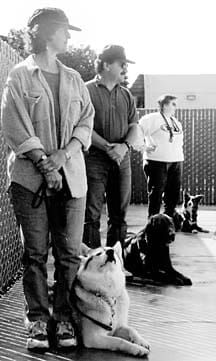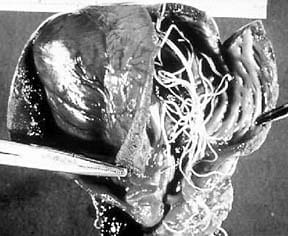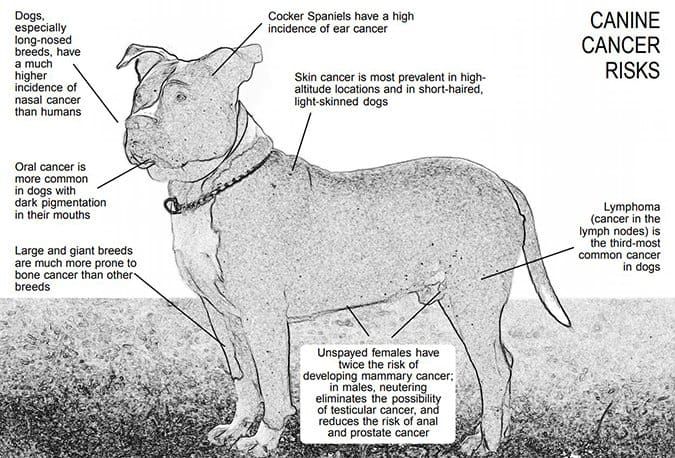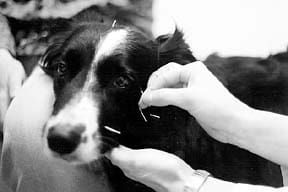When shopping for a veterinarian, how can you tell whether one doctor or another will be the best practitioner for your pet?
Well, it’s a trick question; there isn’t any way to guarantee that any particular individual is the best.
The emphasis should be on the first part of the question: shopping. Only through rigorous research can we possibly find the best-equipped facilities, with the most receptive staff, and the most communicative and skilled veterinarians. It may be possible to luck into finding the ideal veterinary practice by picking a name out of the yellow pages, but with your dog’s health (and sometimes, his life) depending on your decision, it’s best not to leave your choice to chance.
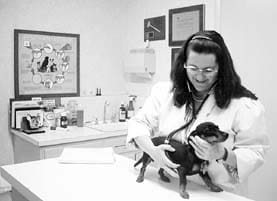
We’ve compiled a list of points to consider when conducting a search for a top-notch veterinary care provider for your dog. We recommend taking some time, at your earliest opportunity, to call around and visit a couple of clinics now – you won’t have time if you wait until your dog is ill. You should be looking for the following:
A clean, organized practice
If you can afford the time, pay a quick visit to your prospective veterinarians’ offices. Generally, even the reception area will reflect the quality of the service that the professionals will provide. Does the building look well cared-for, with clean windows and floors? Is the receptionist happy and helpful, and quick to greet you and your dog? Is information about services and prices readily provided? Do the veterinary assistants seem cheerful and glad to be there? If possible, ask whether you can see more of the facility. Not only should the reception and examination rooms be clean, well-lighted, and well organized, but the treatment and surgery areas, and the kennel and cage room should be, too.
“People” doctors and veterinarians alike operate under similar pressure to provide snappy yet thorough service. No one likes to waste time in a doctor’s office, but no one likes to feel rushed out of the office without satisfactory answers to their medical questions, either. You probably won’t be able to ascertain whether or not this kind of service is available at a clinic without actually utilizing their services. However, if after choosing a clinic, it seems that the practice is consistently running behind schedule, you may want to choose another. Efficiently run clinics should be are able – with only occasional exceptions – to get you and your dog into an examination room close to your appointment time, and adjust their schedules to handle emergencies without disrupting the entire practice for the entire day.
Good communication skills
Veterinarians tend to be busy, but if you can arrange to meet the veterinarian for even just a couple of minutes, you should be able to determine whether he or she is someone you could communicate with. It’s important that the veterinarian will be willing and able to explain a disease process or a treatment in terms that you can understand.
As the owner of an 85-pound mischief-prone Labrador told me, “I look for someone who can and will answer all my ‘dumb questions’ and remain patient while I try to gain an understanding of what’s going on with my dog. My dog has been to the veterinarian’s office for the regular shots and health exams, but also for spaying and for injuries suffered when she tangled with a car. I was worried about her anesthesia, and wondered about pain control after her surgeries. Our veterinarian was accessible and easy to talk to. I was glad to get good instructions for home wound care, and how to enforce rest for my dog’s optimum healing.”
The office staff, too, should be able to talk to you knowledgeably – never condescendingly – about the details of your dog’s care and treatment.
Accessible doctors and staff
You should know – before you have need – exactly when your veterinarian is and is not available. Obviously, you also need to know who you should call, or where you should go, in the hours your veterinarian is not available. (Any emergency clinic you might have to utilize to help your dog should also meet with your criteria.)
Accessibility entails more than just office hours; it also concerns whether or not you can actually reach your veterinarian or an assistant to ask questions about your dog’s condition and care. If you leave a message for the veterinarian, will someone from the office return your call promptly?
If your dog has to spend a night at the clinic, ask whether someone is present all night, and whether there a number you can call to check on your dog’s condition in the middle of the night if you wanted to. A surprising number of clinics do not employ all-night staff, a fact that should be known in advance by the owners of any dogs with separation anxiety issues. If your dog has to spend a night at the clinic, make certain you ask about night staff.
Flexible, open-minded healers
The very best doctors realize that their patients can be healed in a variety of ways. If your veterinarian will discuss only one treatment option with you, he or she is either professionally “stuck,” mired in out-dated medical theories and techniques, or too busy to provide individualized care. Either way, this professional is not a good prospect.
Increasing numbers of dog owners are seeking out veterinarians who have experience and expertise in complementary healing modalities, but the fact is, these professionals are still in the minority. A good alternative may be employing a traditional, local veterinarian who will discuss your dog’s case with a consulting complementary specialist at your request. Ask your veterinary candidates what they think about using complementary care.
Experienced, gentle handlers
A friends of mine once took her kind and gentle (and admittedly slow to respond) Rottweiler puppy, then about six months old, to a veterinarian’s office for a routine health examination and vaccinations. An assistant entered the exam room and explained that she would take the dog’s vital signs. She then commanded the pup to lie down, and when it looked at her blankly, she grabbed the dog roughly by the scruff of its neck and threw it to the ground, pinning it there while she began to explain to my stunned friend the “dangers of a large disrespectful dog.”
You can’t begin to count the number of ways that the assistant erred. Suffice it to say that the clinic lost that client, and that my friend will repeat her story about the assistant any time the subject of that clinic comes up among her dog-owning friends.
The people who work in veterinary clinics vary tremendously in their background, temperament, education, practical training, and goals. Better clinics will hire more experienced and knowledgeable staff, and pay them enough to stay. This may result in somewhat higher costs for care and treatment at those clinics; it’s worth the price. When it comes to sick, vulnerable animals, the difference between indifferent or aggressive handling and gentle, attentive, and caring handling, can literally make the difference between life and death. And even if your dog is only visiting the clinic for routine health care, you want him to feel as positive as possible about his experience there.
Ask the receptionist about the staffers at the clinic; do they have specialized training or credentials in dog training or veterinary assisting? And observe the staff carefully; do they seem calm, caring, and competent?
Specialized clinics
While there is certainly a benefit to using the same doctors often enough that they recognize and are familiar with you and your dog, there may be situations where you would benefit from using several clinics to meet your needs. For instance, you might visit a low-cost clinic for puppy vaccinations, a state-of-the art clinic with a built-in lab and the latest in anesthesiology equipment when your dog requires surgery, and a holistic practitioner when trying to boost your dog’s general wellness.
Many veterinarians have additional interest, training, or expertise in certain types of medicine. Some veterinarians are Board certified in specialized care like dermatology, reproductive health, dentistry, or orthopedic surgery. What kind of services your veterinary candidates offer will partially dictate what kind of equipment they have at their disposal and, to a certain extent, might even affect the prices of their services.
For instance, reproductive health (spaying and neutering) clinics provide a practical example of efficiency; generally, the staff and doctor are very well-versed in doing the surgeries, yielding a streamlined process and a lower overhead for better pricing.
At the other extreme are veterinarians who offer emergency care. These professionals require an array of diagnostic equipment, such as radiograph (x-ray) machines, ultrasound, magnetic resonance imaging, cat scans, and a well-equipped laboratory. Very often, the assistants at emergency clinics are the most highly trained.
Sometimes, economics will dictate your decision, especially if your dog requires only simple, routine care. Most of us would really rather not pay the overhead costs for a full-service hospital when we are simply in search of a required rabies vaccination. Full-service clinicians bristle at the low prices charged by minimal-care walk-in clinics, but they should understand that it may be prohibitive for some dog owners if they have to pay for an office visit and physical exam every time they cross the threshold.
NOTE: Recently, more and more veterinarians have been selling their private practices to a company that reopens the practices as part of its “network” of veterinary health care providers. The chain then manages the clinic.
This model enables the participating practices to maximize their efficiency (and profits), but just as with managed-care networks for humans, it may result in less personal care. If you have a dog with a complicated health history or a condition that requires extended care and diagnosis, you may want to avoid the “chain” veterinary practices. While the individual staff members and doctors may be more than competent, your dog would probably benefit from consistent attention from a doctor who is intimate with his medical history and reactions to various treatments.
Credible qualifications
When it comes to alternative care or non-traditional complementary therapies, the practitioners’ training and experience is of paramount importance (see “What’s the Alternative? How to find qualified practitioners of complementary healing arts,” in the August 1998 issue of WDJ). Look for doctors who are certified with the national association for that modality, for instance, the International Veterinary Acupuncture Society (IVAS) for acupuncturists, the Academy of Veterinary Homeopathy (AVH) for homeopaths, and the American Veterinary Chiropractic Association (AVCA) for chiropractors. Most holistic veterinarians are associated with the American Holistic Veterinary Medical Association (AHVMA, pronounced “Ahh – v -ma”). Each of these associations offers continuing education for its members.
A lack of credentials with one of these associations does not mean a practitioner is unqualified, but it may mean that he is operating in the outer reaches of his chosen field. Talking to other clients in the waiting room about their experiences with the veterinarian or asking for references is always a good idea, but it should be considered mandatory in this case.


